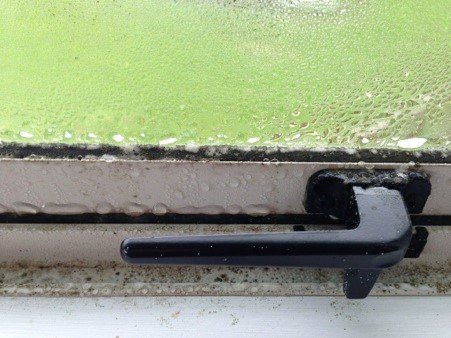Traditionally, our homes were sufficiently ventilated by natural leakage paths through the building. We recognised that modern building practices and a push towards energy efficiency may mean this was no longer the case, and an alternative strategy might be necessary.
We wanted to know whether there were better ways to ventilate homes that were more energy efficient and targeted moisture more directly. We piggybacked on European research to look at the options and tried out the best candidates in an experimental building at BRANZ.
We also wanted to find out for sure if our newer homes were more airtight than the older building stock, so we conducted a nationwide survey of airtightness. We wanted to measure the amount of ventilation within houses as well - this is dependent on the airtightness of the building as well as how homeowners operate the property (opening doors and windows, use of rangehoods and so on).
We are part of the Air Infiltration and Ventilation Committee (AIVC), which helps to coordinate international ventilation research efforts and provides a forum for researchers to discuss their findings and collaborate on international research projects. We also considered joining an international consortium of universities and research institutes on a project under the umbrella of the International Energy Agency (IEA). Such collaborations help ensure that our own research is relevant as well as directly contributing to a world-class science effort.
Projects in the ventilation stream
Ventilation survey
In this project, we measured the airtightness in 60 homes across New Zealand and the ventilation levels in a subset of 40 of these homes.This work was performed in conjunction with Auckland, Otago and Massey Universities.
We wanted to know whether our newer buildings are more airtight than our older ones. The answer appears to be yes. While there are benefits to this - including lower energy bills - it is not without risk. The natural ventilation associated with these structures is often at the lower limit of health guidelines. In many cases, the homeowners in our survey operated their homes to adequately supplement this ventilation by opening windows and the like. Without these measures, there is a risk of stale air and moisture accumulation.
Ventilation strategies
We built an experimental facility on the BRANZ site to measure the effectiveness of different ventilation configurations:
- A supply-only ventilation system with standard supply ports.
- Three passive stacks.
- Wind-driven infiltration through adventitious openings.
We built our experimental house so that it is initially extremely airtight - one air exchange per hour at a pressure difference between indoors and outdoors of 50 Pa. This is equivalent to an opening in the house of just 85 mm diameter. We could then add variable vents to increase the air leakage in a controlled manner. We used a tracer gas detection system to measure the movement of air and contaminants such as moisture.
We were particularly interested in the effectiveness of removing moisture, so we controlled the humidity in the house using three humidifiers. We simulated the humidity profile of two occupants who go to work during the day, which includes cooking, showering and breathing.
With this set-up, we were able to achieve moisture loads that are observable in many New Zealand homes, with early morning condensation on windows and some mould growth. Achieving these conditions was important in order to measure the moisture removal effectiveness of ventilation configurations based on moisture levels observed in New Zealand homes.
